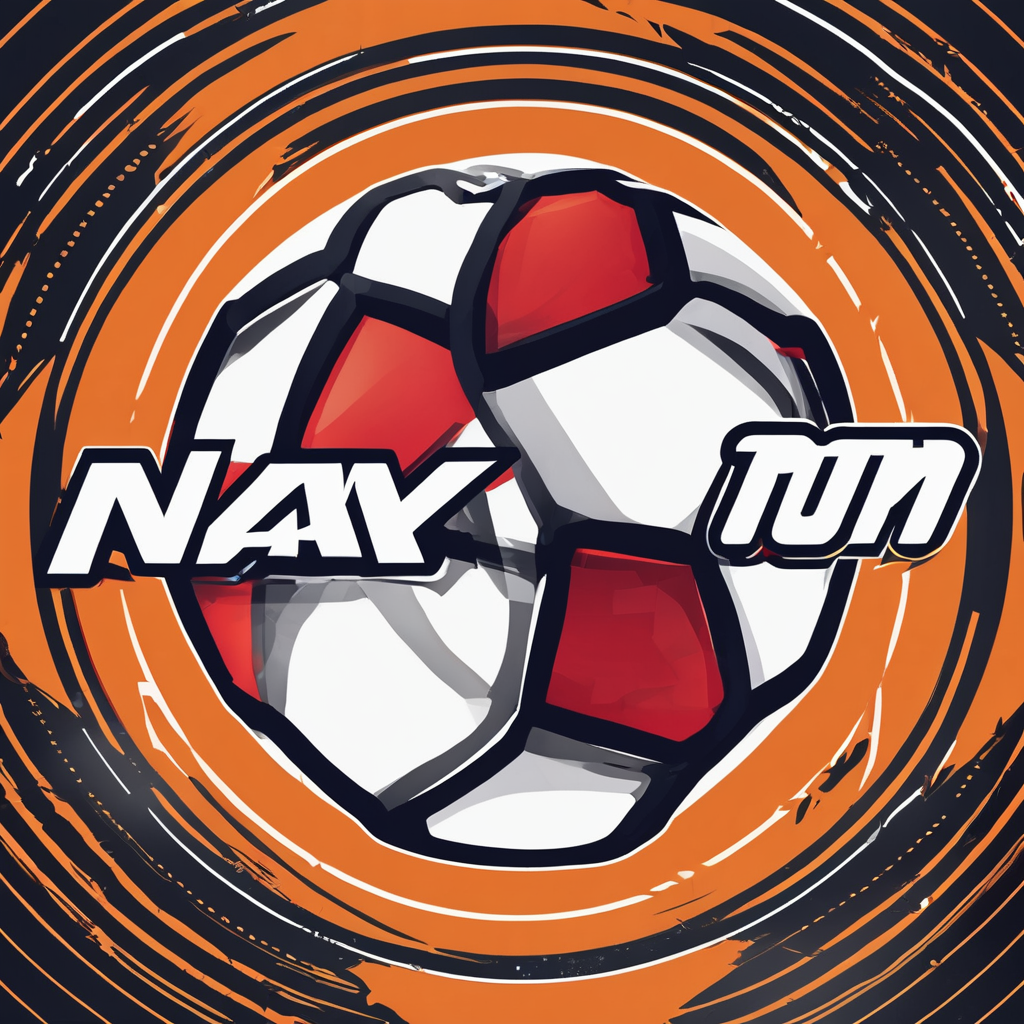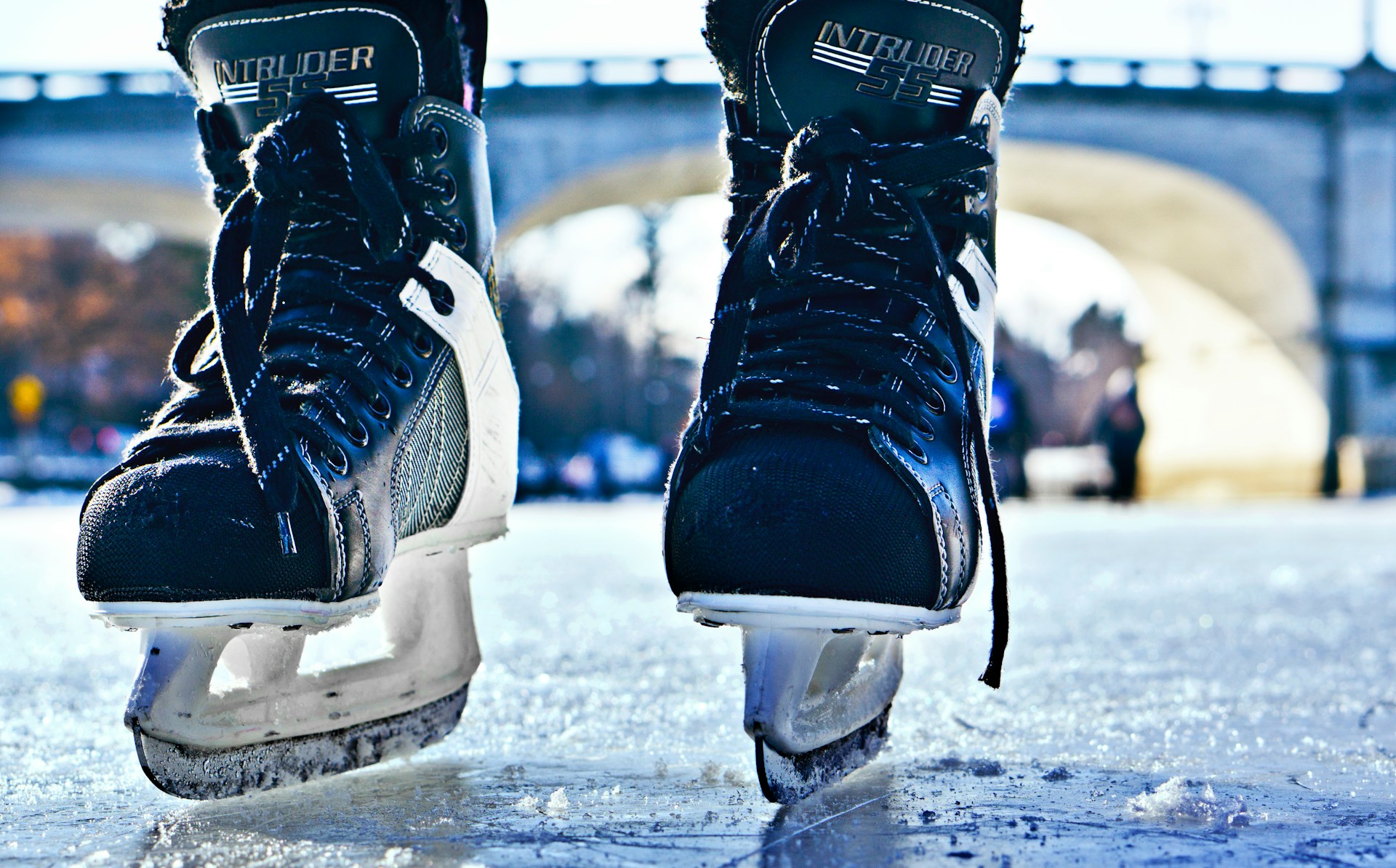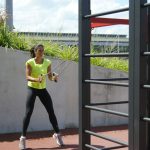Speed skating is a thrilling sport that combines agility, strength, and endurance. Whether on ice or inline, speed skaters need to focus on specific training techniques to maximize their performance and stay competitive. This article will delve into the importance of endurance in skating, helping you explore diverse exercises to enhance your stamina, power, and speed.
The Importance of Endurance in Skating
Endurance is a vital aspect of competitive speed skating. Athletes who excel in this sport have developed not only their technique, but also their aerobic capacity. Endurance training promotes cardiovascular health, enhances muscle strength, and improves technique – all of which are critical for skaters to maintain high-speed performance over time.
Sujet a lire : How can athletes in competitive cheerleading improve their dynamic stability for stunts?
Several scholarly articles published on PubMed have shed light on the correlation between endurance and skating performance. One study involving male athletes found that skaters with better endurance had significantly lower times in speed skating events. A higher level of endurance allows skaters to maintain optimal skating speed for a longer duration, leading to better performance.
Strength and Power Exercises for Speed Skaters
The unique nature of skating means that athletes must focus on developing strength and power in certain areas more than others. These areas typically include the lower body and core.
A lire en complément : What are the best strategies for shuttlecock control in windy conditions for badminton players?
One of the quintessential power exercises for skaters is squats. This exercise is known to build strength and power in the quadriceps, hamstrings, and glutes – muscles that are heavily involved in the skating stride. Incorporating squats into a regular workout routine can help skaters generate more power with each stride, ultimately leading to increased speed.
Another exercise often recommended for skaters is the single-leg deadlift. This exercise targets the hamstrings and glutes, while also improving balance and stability – both essential for maintaining proper skating technique.
Technique-Specific Training for Speed Skaters
To maximize your performance in skating, it is crucial to incorporate technique-specific training into your routine. This type of training involves exercises that directly mimic the movements and body positions used in skating.
One such exercise is the slide board, which is a popular tool for both ice and inline skaters. The slide board mimics the lateral movement of skating, helping skaters develop the strength and technique necessary to maintain speed and balance.
Another technique-specific exercise is the skater hop, which mimics the explosive, side-to-side movement of skating. This exercise is beneficial for developing power in the glutes and thighs, and it can also improve balance and coordination.
Incorporating Endurance Training into a Skating Routine
Endurance training should be an integral part of any speed skater’s routine. One method to increase endurance is through interval training, which involves alternating between high-intensity and low-intensity exercise. This type of training can help improve both aerobic and anaerobic fitness, which are both essential for speed skaters.
Some skaters may opt for long, slow distance (LSD) training to build endurance. This involves skating at a moderate intensity for an extended period, which can help improve your cardiovascular fitness and muscular endurance.
Finally, cross-training can also be beneficial in building endurance. This involves participating in other forms of aerobic exercise, such as cycling or swimming, which can help enhance your overall stamina and fitness.
Testing and Measuring Endurance in Speed Skaters
Just as it is important to train for endurance, it is equally essential to measure and test your endurance. Frequent testing allows for assessing progress, identifying areas for improvement, and adjusting training plans accordingly.
One common testing method is the VO2 max test, which measures the maximum amount of oxygen an athlete can utilize during intense exercise. The higher an athlete’s VO2 max, the greater their endurance capacity.
Another method for assessing endurance in speed skaters is time trials. Skaters can perform a time trial over a specific distance to measure their ability to maintain speed over time.
Remember, integrating endurance exercises into your training regimen can provide you with a competitive edge in speed skating. Coupled with strength and power training, these exercises can help enhance your overall skating performance, allowing you to skate faster and longer. So get out there, train hard, and give your performance the boost it needs!
The Role of Cross-Training in Building Endurance
Incorporating cross-training into your routine is another effective method to enhance the specific endurance needed for speed skating. By participating in different forms of aerobic exercise, such as cycling or running, skaters can improve their overall stamina and fitness.
According to a research study published on Google Scholar, cross-training is beneficial in diversifying the muscles being worked, reducing the risk of injury due to overuse, and breaking up the monotony of specific sport training. For instance, cycling targets the quadriceps—a primary muscle group used in speed skating—while also providing a low-impact alternative for training.
Running, on the other hand, aids in improving the aerobic capacity of speed skaters, a critical factor that influences sprint performance. Moreover, running training strengthens the hip flexors, which are integral to the skating stride. It’s also worth implementing exercises that target the upper body, such as swimming or rowing. Though speed skating primarily involves the lower body, an strong upper body contributes to better balance and more efficient techniques.
Additionally, cross-training allows athletes to keep up with their training program even when access to skating facilities might be limited. It’s a versatile strategy that keeps the training regimen flexible yet effective.
Harnessing the Power of High-Intensity Interval Training
High-Intensity Interval Training (HIIT) is a training tactic that’s been gaining considerable traction in the world of sports science. It involves short, intense bursts of exercise followed by brief periods of recovery or lower-intensity exercise.
HIIT is excellent for improving both the aerobic and anaerobic systems quickly, making it a valuable addition to any speed skater’s endurance training program. Several pieces of research on Google Scholar have advocated for the effectiveness of HIIT in enhancing athletic performance, showing significant improvements in VO2 max and overall endurance.
The beauty of HIIT is that it can be applied to various exercises, including skating, cycling, and running. For example, skaters may sprint for 30 seconds on the inline speed track, then recover with slow skating or a gentle jog for a minute. The key is to ensure the high-intensity periods are genuinely taxing and are followed by adequate recovery.
In Conclusion: The Path to Superior Performance
Speed skating is a multidimensional sport requiring a delicate balance of strength, power, technique, and endurance. To excel, athletes must prioritize specific endurance training, focusing on exercises that strengthen the lower body and improve aerobic capacity.
Whether it’s through squats, single-leg deadlifts, slide boards, skater hops, cross-training in cycling, running or incorporating HIIT into your routine, the goal is to maximize your skating performance.
Likewise, testing measures such as the VO2 max test and time trials are essential tools to evaluate progress and adjust as needed. These exercises and strategies based on the latest applied physiology knowledge can help mold you into a stronger, faster, and more resilient speed skater.
Remember, endurance is not built overnight. It requires consistent training, a keen understanding of your body, and a willingness to push beyond your limits. So lace up your skates, embrace the journey, and start your path to becoming the best speed skater you can be!






